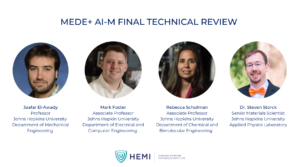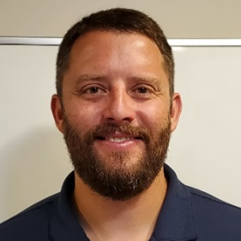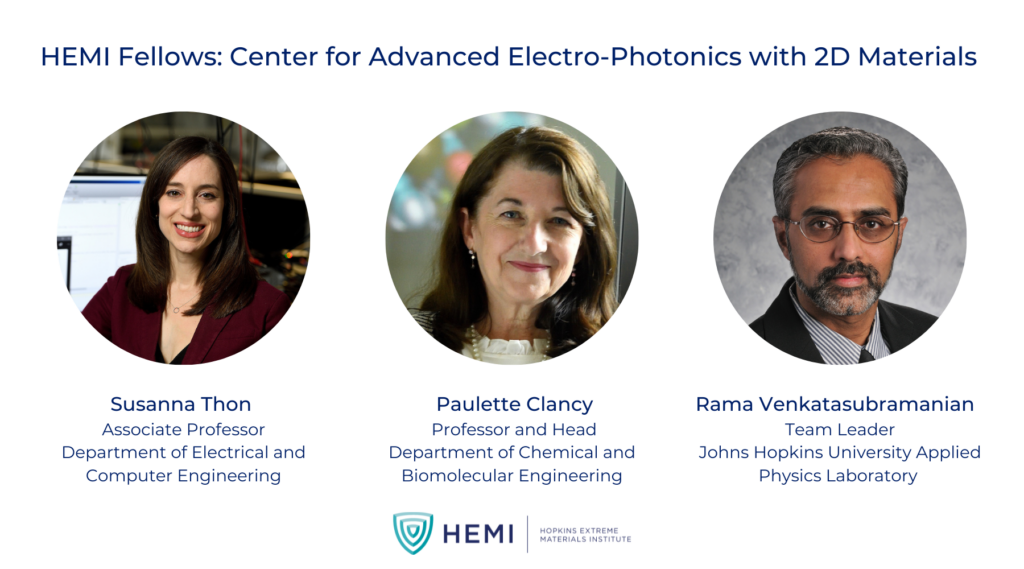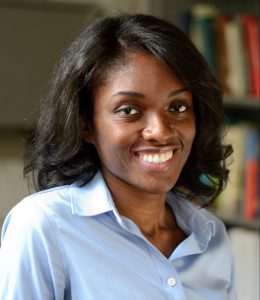Breasts come in all shapes and sizes, as well as various densities—an important consideration when screening for cancer. Nearly half of all patients have dense breasts, which make it more challenging to spot cancer in mammogram images. Ultrasound screening and follow-up can be better at catching breast cancer early in those with dense breast tissue. However, this imaging technique has a high false-positive rate, sometimes resulting in patients undergoing invasive aspiration procedures, unnecessary biopsies, and follow-up monitoring that requires some patients to wait up to two years for a definitive diagnosis.
New research to improve ultrasound techniques for breast cancer screening and diagnosis is on the way. Muyinatu Bell, the John C. Malone Associate Professor of Electrical and Computer Engineering, is leading a project to develop ultrasound technology that can help radiologists detect early-stage breast cancers, regardless of a patient’s breast tissue density. Bell leads the Whiting School of Engineering’s Photoacoustic and Ultrasonic Systems Engineering Lab.
When breast cancer is detected early, the chances of survival are very high; almost 99% of patients diagnosed at the earliest stage live for five years or more, according to the CDC.
“Ultrasound imaging is an important screening and diagnostic tool, particularly for patients with dense breasts for whom mammography is suboptimal,” said Bell, who was awarded a four-year, $1.4 million R01 grant from the National Institutes of Health for the project. “We are interested in engineering better ultrasound technology to increase early detection and better optimize hospital resource allocations.”
Not all breast lumps are cancerous. In fact, many lumps are fluid-filled masses, or cysts, which are usually benign. Other lumps are solid masses, or tumors that may be cancerous and warrant more analysis.
Bell said the problem with existing ultrasounds is that dense breasts tend to produce lower-quality images, making it difficult to distinguish between the two mass types.
As part of the R01 grant, Bell’s lab will build on recently developed workflows that combine conventional two-dimensional ultrasound imaging with a new technique called robust short-lag spatial coherence, or R-SLSC, imaging. With this approach, solid breast masses produce images that appear distinctly different from those of fluid-filled masses.
The team believes this new methodology will offer increased diagnostic certainty of mass contents. That will in turn help clinicians rule out whether an underlying cancer is present and reduce the number of unnecessary biopsies, needle aspirations, and multi-year follow-ups.
“The studies funded by this grant will provide a real-time, ultrasound-based tool to remove clutter, distinguish solid from fluid breast masses with greater confidence, curb patient anxiety surrounding diagnostic wait times, and offer simpler clinical workflows for the most challenging cases,” said Bell.
This work will be carried out in partnership with Bell’s team of clinical collaborators, including breast radiologists Eniola Oluyemi, Kelly Myers, Lisa Mullen, and Emily Ambinder at the Johns Hopkins Hospital.
This story was excerpted from The Hub. You can read the complete story here.










